Prickly Thrift Acantholimon ulicinum
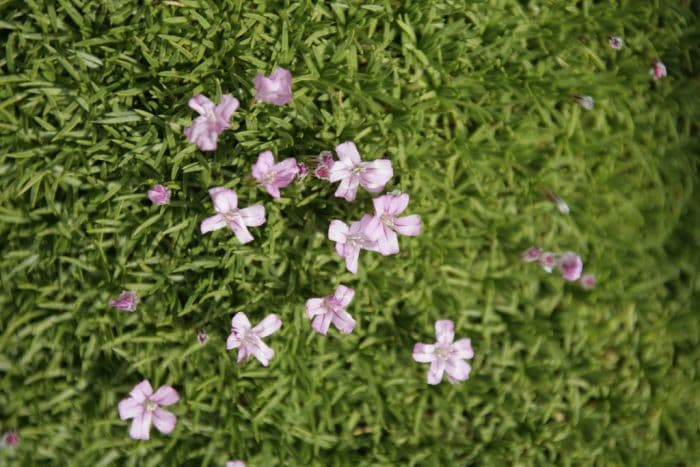
ABOUT
Acantholimon ulicinum, commonly known as prickle thrift, is a perennial plant known for its distinctive appearance. It displays a tough and bushy form, with spiny, needle-like leaves that create a dense cushion or mound. The leaves are typically gray-green to blue-green in color, giving the plant a somewhat frosty look. During its flowering season, prickle thrift produces small, rounded flower spikes that emerge from the cushion of leaves. These flowers are usually a shade of pink or purple and stand out against the foliage. The overall appearance of prickle thrift is one that conveys hardiness and resilience, with its spiky texture and tightly packed growth habit.
About this plant
 Names
NamesFamily
Plumbaginaceae
Synonyms
Prickly Thrift
Common names
Acantholimon ulicinum.
 Toxicity
ToxicityTo humans
There is limited information available on Acantholimon ulicinum, commonly known as Prickly Thrift, regarding its toxicity to humans. As with many plants, it is generally recommended to avoid ingesting parts of plants that are not known to be edible. In the absence of specific toxicity data for Prickly Thrift, no symptoms or consequences of poisoning can be reliably described. However, if ingestion occurs and adverse symptoms are noticed, it is important to seek medical attention.
To pets
Similar to the information available for humans, there is limited data on the toxicity of Acantholimon ulicinum, commonly known as Prickly Thrift, to pets. Without specific reports of toxicity, no symptoms or consequences of poisoning in pets can be provided. Pet owners should generally prevent pets from ingesting plants that are not known to be safe. If a pet does ingest Prickly Thrift and shows signs of illness, consulting a veterinarian is advised.
 Characteristics
CharacteristicsLife cycle
Perennials
Foliage type
Evergreen
Color of leaves
Green
Flower color
Pink
Height
1 feet 4 inches (40 cm)
Spread
1 feet 4 inches (40 cm)
Plant type
Shrub
Hardiness zones
5
Native area
Middle East
Benefits
 General Benefits
General Benefits- Ecosystem Support: Acantholimon ulicinum, also known as prickly thrift, provides habitat and food for various insects and animals within its natural ecosystem.
- Soil Stabilization: The plant’s root system helps to prevent soil erosion, particularly in rocky and sandy environments where it is native.
- Drought Resistance: Prickly thrift is highly adapted to survive in arid conditions, making it an excellent choice for xeriscaping and water-wise gardening.
- Landscape Aesthetics: With its unique needle-like foliage and pink to purplish flowers, it adds visual interest and texture to rock gardens and dry landscape arrangements.
 Medical Properties
Medical PropertiesThis plant is not used for medical purposes.
 Air-purifying Qualities
Air-purifying QualitiesThis plant is not specifically known for air purifying qualities.
 Other Uses
Other Uses- Landscape Ornamentation: Acantholimon ulicinum, commonly known as prickly thrift, is often used in rock gardens and xeriscapes for its structural form and resilience in dry, poor soil conditions.
- Soil Erosion Control: The plant's extensive root system can help stabilize soils on slopes and prevent erosion in drought-prone areas.
- Dye Production: Parts of prickly thrift may be used to produce dyes for textile coloring, although this is not commonly practiced.
- Demonstration of Xerophytic Adaptations: Prickly thrift can be used as an educational tool to demonstrate plant adaptations to arid environments, such as its needle-like leaves to reduce water loss.
- Floral Arrangements: The plant's unique appearance and long-lasting blooms make it a candidate for dried floral arrangements.
- Barrier Planting: Due to its spiny nature, prickly thrift can be planted as a barrier to foot traffic or to delineate spaces within a garden or landscape.
- Habitat Restoration: It can be introduced as part of habitat restoration projects in its native range to help preserve biodiversity.
- Artistic Inspiration: The distinctive form and texture of prickly thrift can inspire artists and be used as a subject in botanical illustration and photography.
- Ecological Education: Prickly thrift can be used in ecological gardens and educational settings to showcase plant diversity and adaptations.
- Boundary Markers: In the past, its spiky presence might have been used as a natural way to mark property boundaries before conventional fencing materials became widespread.
Interesting Facts
 Feng Shui
Feng ShuiThe plant Acantholimon ulicinum is not used in Feng Shui practice.
 Zodiac Sign Compitability
Zodiac Sign CompitabilityThe plant Acantholimon ulicinum is not used in astrology practice.
 Plant Symbolism
Plant Symbolism- Resilience: Acantholimon ulicinum, commonly known as Spiny Thrift, is known for its ability to survive in harsh and rocky environments, symbolizing durability and the ability to endure challenging conditions.
- Protection: The spiny nature of the plant reflects a symbol of protection or defense, indicating a barrier against harm or adversity.
- Adaptation: Its adaptability to poor soils and dry conditions symbolizes the capacity to thrive in less than optimal circumstances or to adapt to one's surroundings.
 Water
WaterThe Prickly Thrift (Acantholimon ulicinum) prefers to be watered deeply but infrequently, allowing the soil to dry out between waterings. Typically, watering once every two to three weeks with about 16 ounces of water is adequate, but this may vary depending on climate conditions and indoor environment. It's essential to avoid waterlogging, as the Prickly Thrift is drought-tolerant and sensitive to overwatering. During the winter, reduce watering further as the plant enters a dormant period.
 Light
LightPrickly Thrift thrives in full sunlight conditions, making it suitable for a south-facing window or an outdoor spot that receives direct sunlight for most of the day. Ensure that the plant gets at least six hours of sunlight daily to maintain its health and flowering potential.
 Temperature
TemperaturePrickly Thrift requires a temperature range that sits comfortably between 50 and 75 degrees Fahrenheit. Although it can tolerate temperatures down to 30 degrees Fahrenheit for short periods, it should be protected from frost. The ideal temperature conditions for this plant would be moderate, never exceeding 80 degrees Fahrenheit, to prevent heat stress.
 Pruning
PruningThe Prickly Thrift benefits from light pruning to remove dead or damaged foliage, typically after flowering and in early spring. Pruning once a year helps to encourage new growth and maintains the plant's natural, compact shape. It is best to use sharp and sterile pruning shears to make clean cuts without harming the plant.
 Cleaning
CleaningAs needed
 Soil
SoilPrickly Thrift requires a well-draining soil mix with a pH around 6.0 to 7.0, slightly acidic to neutral. A mixture of sand, peat, and perlite or pumice is suitable. Amend with a bit of organic matter but ensure good aeration and drainage to prevent root rot.
 Repotting
RepottingPrickly Thrift should be repotted infrequently, only when it has outgrown its current pot. This might be every few years, as it prefers to be somewhat root-bound and does not grow rapidly.
 Humidity & Misting
Humidity & MistingPrickly Thrift thrives in low to moderate humidity environments. It can be sensitive to high humidity which may lead to fungal diseases; strive to provide a dry, well-ventilated space for this plant.
 Suitable locations
Suitable locationsIndoor
Ensure bright light, good air flow, and avoid overwatering.
Outdoor
Plant in full sun, well-drained soil, protect from excess moisture.
Hardiness zone
5-9 USDA
 Life cycle
Life cycleAcantholimon ulicinum, commonly known as Prickly Thrift, begins its life cycle with seed germination, which requires well-draining soil and can be irregular, often occurring in spring when temperatures rise. After germination, seedlings establish a root system and begin vegetative growth, developing into a rosette of narrow, spiny leaves which are characteristic of the plant's adaptation to its dry, rocky native habitats. The vegetative stage can last for several years as the plant grows slowly due to the harsh conditions it is adapted to. Flowering typically occurs during the summer, when short spikes bearing small, pink to purple flowers emerge, allowing for pollination by insects. Following pollination, fruits develop, which are dry capsules containing seeds that are dispersed by wind or gravity, completing the reproductive cycle. The Prickly Thrift is a perennial plant, so after the flowering stage, it enters a period of dormancy during colder months before resuming growth in the next season.
 Propogation
PropogationPropogation time
Spring to early summer
Propogation: Acantholimon ulicinum, commonly known as prickly thrift, is a plant often propagated through seed sowing. The most popular method for its propagation is by sowing its seeds in a well-drained seed starting mix. Timing for sowing the seeds of prickly thrift is typically in the spring after the danger of frost has passed, ensuring a conducive environment for germination. The seeds are lightly covered with soil and kept at a temperature around 70 degrees Fahrenheit (21 degrees Celsius). The soil should be kept moist but not waterlogged until germination, which may take several weeks. Once seedlings are large enough to handle, they are typically transplanted into individual pots and gradually acclimatized to outdoor conditions before planting out in their final position.
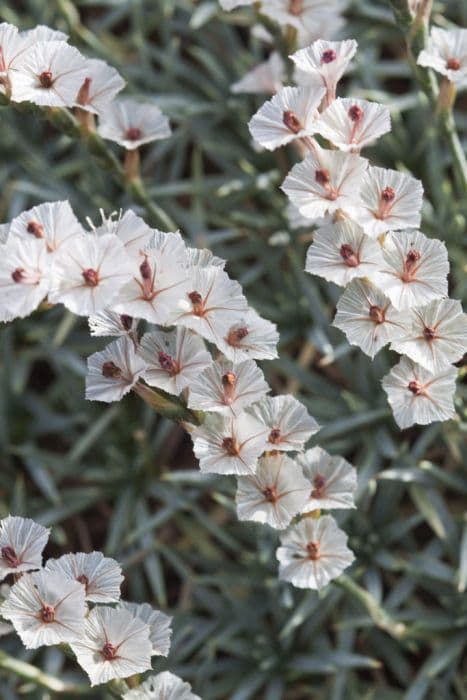
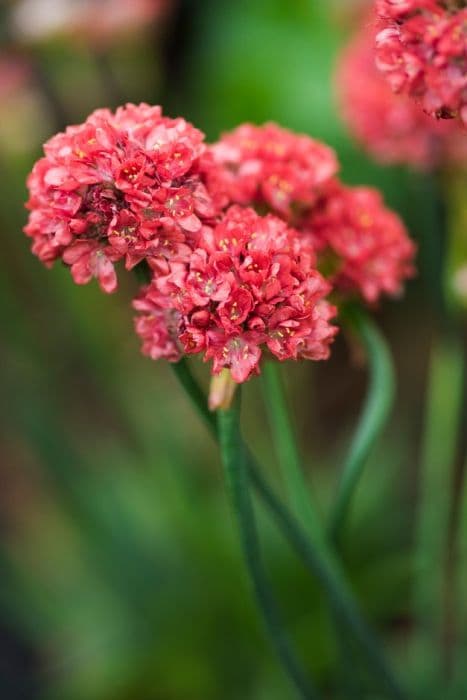
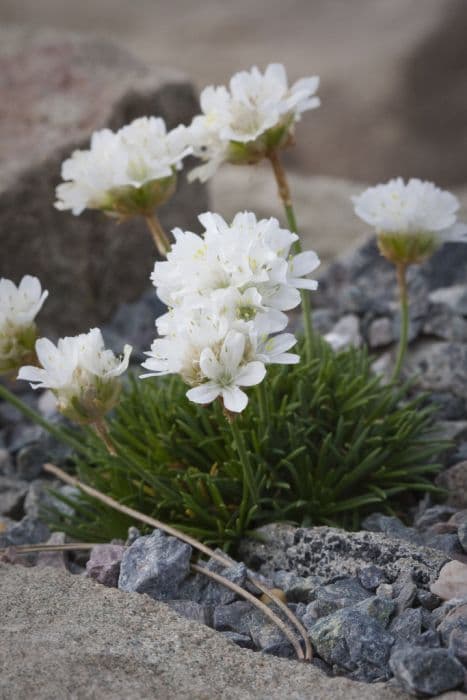
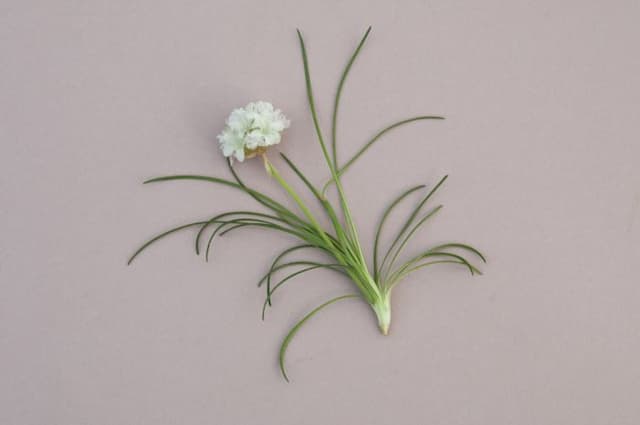
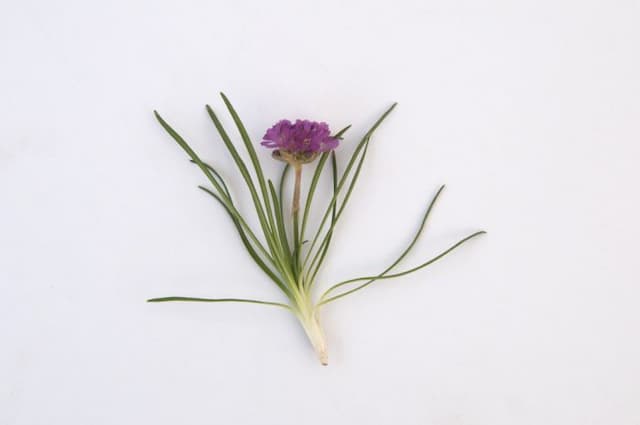




![Chinese plumbago [Forest Blue]](/_next/image?url=https%3A%2F%2Fplants-admin.emdemapps.com%2Fimages%2Fplants%2F%2Fimages%2F604b5c4db911f.png&w=640&q=75)